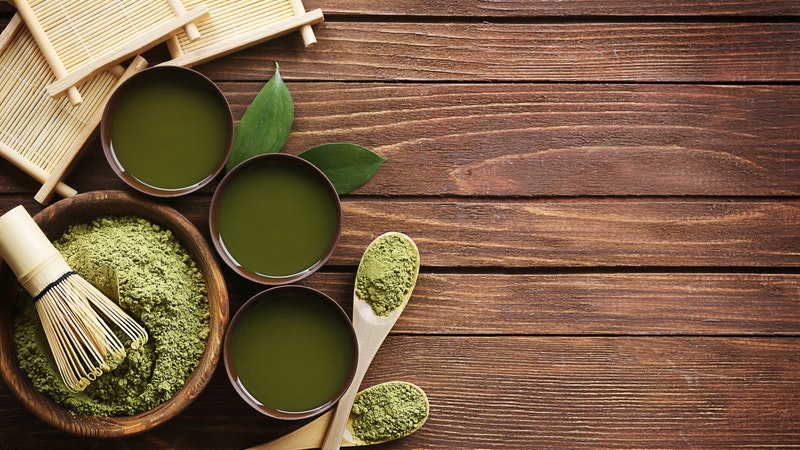Other Types of Tea
Episode #8 of the course The science of tea by Lukasz J. Binkowski
Welcome to the eighth lesson of the course!
In the previous two lessons, we talked about black tea and green tea. These two main types of tea are the most popular in the world, but there are also other teas that are worth trying—not only due to their taste, but also because they are healthy, refreshing, and may even have some unique medical properties. Let’s have a look at a few of them.
Oolong Tea
Oolong tea is often called dark green tea or Black Dragon tea. Simply put, it is something between black tea and green tea. Oolong is oxidized during processing, but such oxidation is not complete. Depending on the variety of oolong tea, the oxidation may be either insignificant or almost full.
The difference in flavor between particular types of oolong tea ranges from woody to fruity and honey. The main places where oolong is produced are the Wuyi Mountains in Fujian Province in China, Guangdong Province in China, and Taiwan.
This tea should be brewed in water at 95°C (203°F). As always, please remember about first warming the cup or pot. Oolong tea is generally served without any accompaniments.
White Tea
There are many local recipes for production of white tea. Some producers use only fresh buds, while others use leaves too. Some producers steam the leaves during the production process, and others skip this stage.
Still, there is a consensus that white tea undergoes minimal processing compared to other teas. The general processing protocol is short: After the withering stage, the tea is dried (either in the sun or with mechanical help) or sometimes steamed, and that’s it.
The main country of white tea is China, but intensive production also takes place in other parts of the world, including Nepal, Taiwan, Thailand, and India.
Although white tea should be brewed strong, it maintains a mild flavor and aroma. The proper temperature for brewing white tea fits between 75°C and 85°C (170-185°F). The cup, as always, should be warmed before. This type of tea is served without any accompaniments.
Fermented Teas
There is a wide group of teas that undergo fermentation. The production here consists of two steps. The first is the production of tea according to the protocol we already know (drying, rolling, oxidation, etc.). But after that, tea—e.g., green, oolong, or black—is stored for months or even years at a given temperature and humidity. Sometimes, oxidation and fermentation by mold (Aspergillus luchuensis) begin spontaneously again. As a result, this tea has an absolutely unique flavor, recalling aged cheese and moss.
There is still no clear scientific data, but according to some observations, regular fermented-tea drinking has a positive effect on cholesterol regulation and weight reduction that might be caused by some metabolites produced by the molds.
The best-known fermented tea in the world is, without doubt, the Chinese Pu-erh produced in Yunnan Province. If you haven’t tried it yet, you should, but beware of cheap imitation. The temperature suggested for brewing Pu-erh depends on its age. The younger ones should be brewed in temperatures similar to white or green tea, but the older ones need higher temperatures, even up to 100°C (212°F). Pu-erh is served without any additions.
Matcha and Gyokuro Tea
The mystery of Japanese Matcha begins in the tea fields. Three weeks before the harvest, the tea plants are shaded with straw mats. Limited sunlight increases concentrations of chlorophyll, amino acids, caffeine, and other components in the leaves, since the photosynthetic apparatus must collect them to carry out efficient photosynthesis in the shade. This results in the final flavor of tea, which is a little sweet.
During the processing of Matcha, veins and stems are removed from the plants, and the leaves are ground to powder.
Gyokuro tea, also produced from shaded tea leaves, is similar to Matcha but prepared like normal green tea. Gyokuro tea is also produced in Japan.
Both teas, especially Matcha, are linked with a complicated ceremony of brewing and serving, which also depends on the region and exact type, so please ask the seller about recommendations for the Matcha you bought.
Tomorrow, you’ll learn how to prepare an ideal cup of tea.
See you tomorrow,
Lukasz
Recommended book
Puer Tea: Ancient Caravans and Urban Chic by Jinghong Zhang
Share with friends

